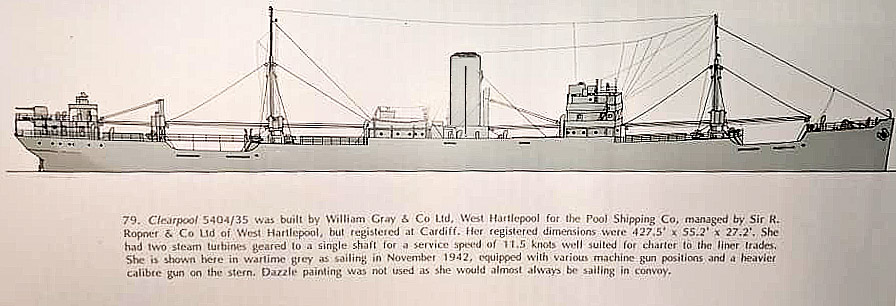Quote:
Originally Posted by kapuhy

Stumbled upon this thread covering the same topic as well:
http://theminiaturespage.com/boards/msg.mv?id=152218
Some interesting information from there:
- Early war British regulations were supposedly different:
"black hulls and funnels, with brown or dark buff superstructure, masts and derricks"
vs later in the war:
"dark grey hull and funnel, with brown or dark buff as above"
and by 1943:
"By 1943 Allied shipping was pretty standardised on all over grey. However the exact shade could vary depending on what was available. Where possible many still used dark grey hull and lighter upper works."
- availability of specific paints was a problem especially if ships were spread over many ports, so it wouldn't be unusual to have convoy consist of varied paint schemes. Still, general rule was to paint everything in dull colours.
-on varnished wood:
"many of the older ships had varnished brown derricks and masts, and this was often retained as the dull colour was considered sufficient"
- decks and upper surfaces were painted in dullest possible colours by ships approaching European waters, because of widespread fear of being bombed by Condor aircraft. This was done outside of regulations, often at sea with any paints on hand so shades would vary depending on what paints were available. |
This is very useful to me! Somehow I missed it; this explains why the tankers in the commodore's sketches had that weird superstructure color - I knew it was the wrong color for ships of British Tanker Co., etc.
Perhaps the admiralty hoped that at a distance enemy vessels would be unsure of whether or not a ship spotted in daylight was neutral or not - as opposed to full camo, which would often be visible anyway and would give away a ship as probably British. This would probably be the best choice without painting on fake neutral hull flags/funnel colors, which would have caused protest from neutral nations....
Interesting photos of colored sketches below, showing how ship camouflage changed from WWI - they are of the standard "War" class merchantman "War Drake" in 1918 and the long bridge deck merchant "Clearpool".
It seems they decided in WW2 that the complicated dazzle camouflage was not very effective.
In peacetime "Clearpool" would have had green funnel with a checkered red emblem, grey-green or bright green hull, huge "billboard" lettering on the hull, and brown+white deckhouses (like "Danby" from the same company):



